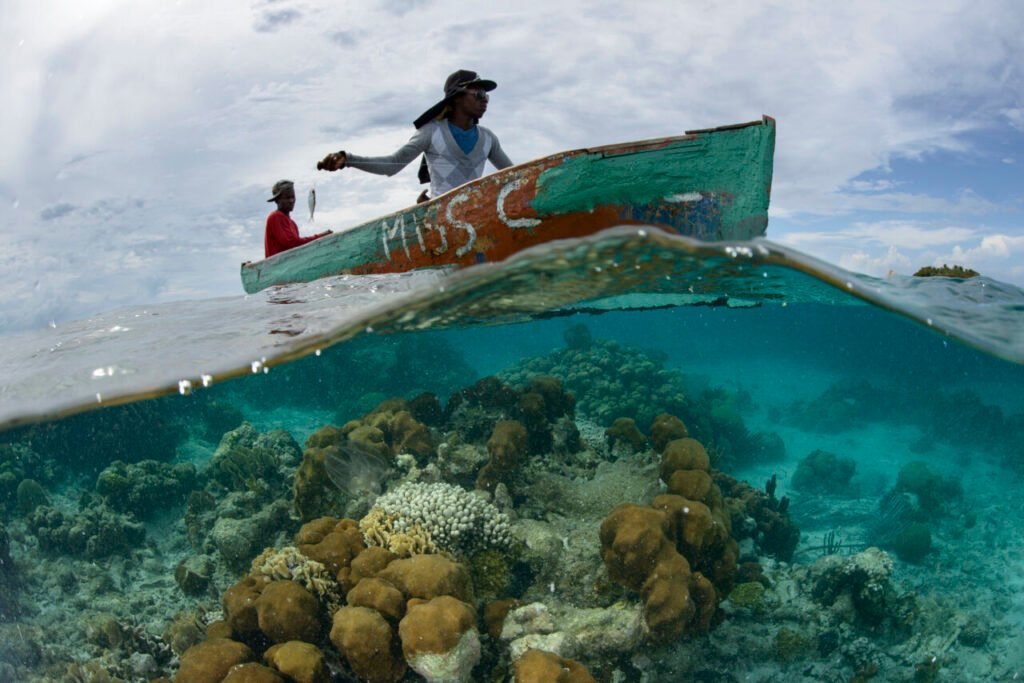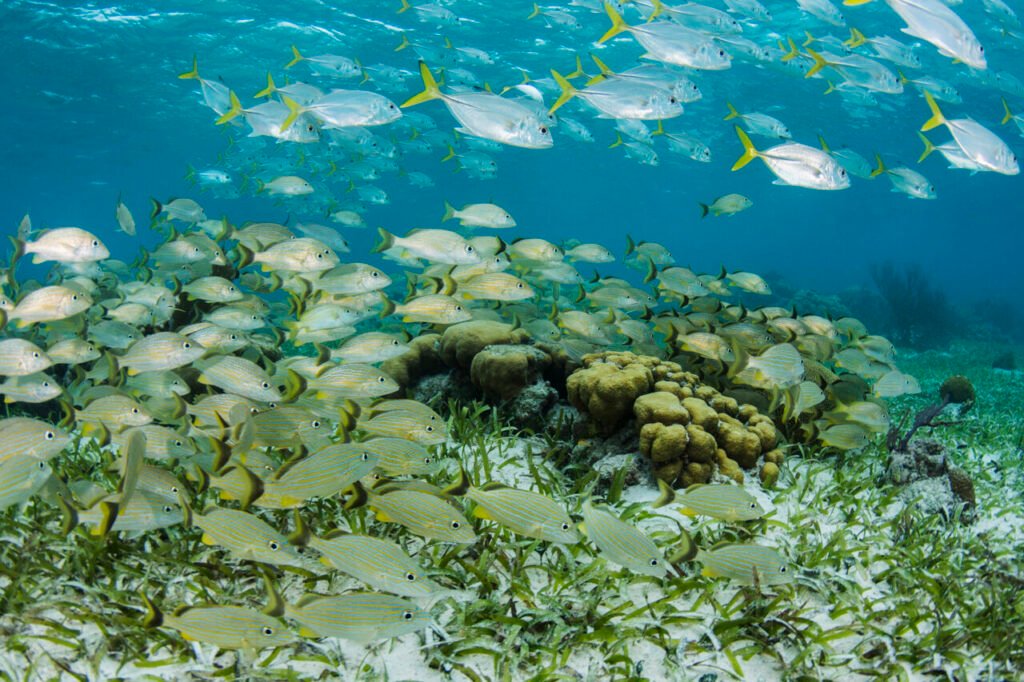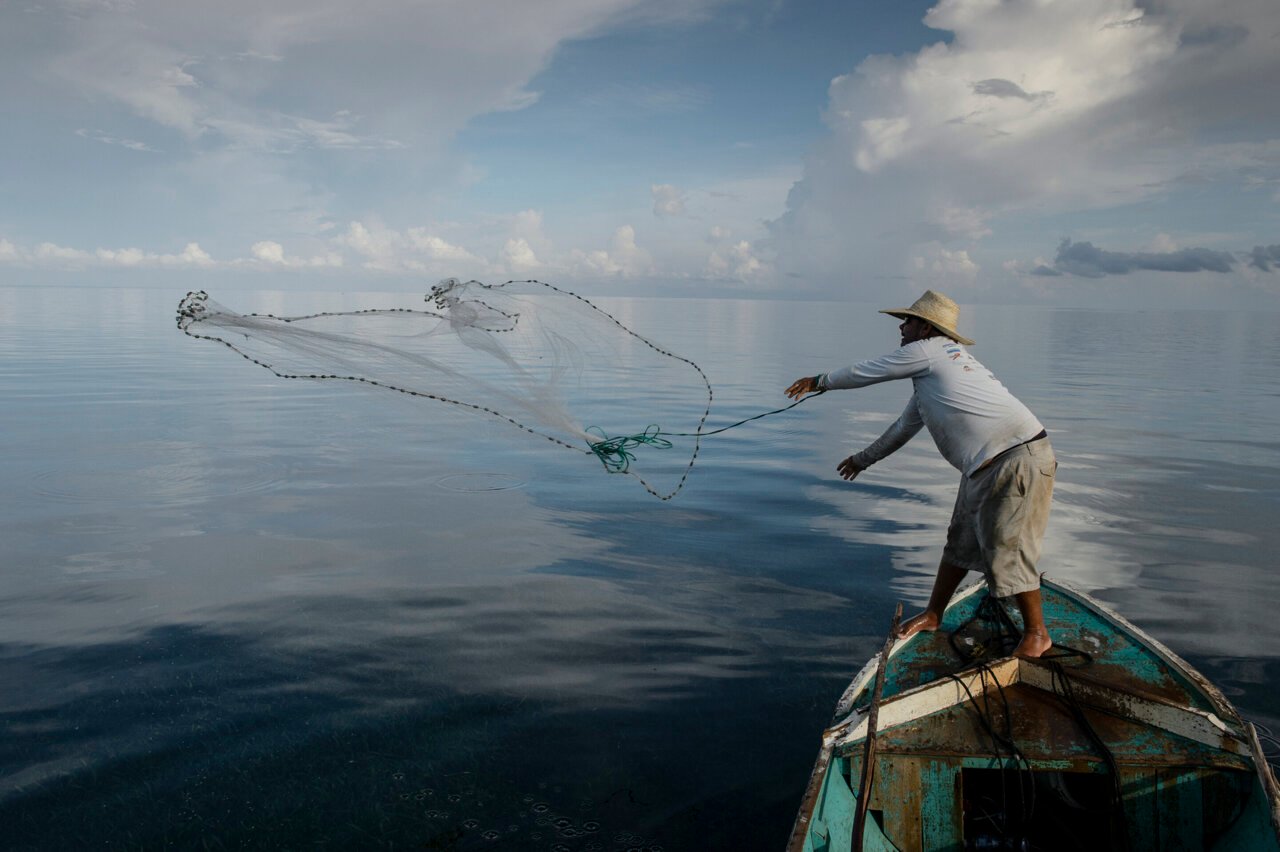Protecting the ocean and ensuring the livelihoods and food security of coastal communities can go hand in hand, according to a recent study led by the Smithsonian Environmental Research Center (SERC). The study highlights the potential benefits of marine protected areas (MPAs) in achieving multiple sustainable development goals worldwide.
In December 2022, nearly 200 nations committed to conserving at least 30% of the Earth’s terrestrial and marine ecosystems by 2030, known as the “30 by 30” pledge, as part of the United Nations Biodiversity Conference. The establishment of MPAs plays a crucial role in meeting these goals. However, little research has been conducted to determine whether MPAs contribute to progress in achieving the United Nations’ Sustainable Development Goals, particularly those related to marine ecosystems, food security, and poverty alleviation.
The SERC researchers focused on the impacts of MPAs in the Mesoamerican Reef region for their study. They not only discovered that MPAs with the most stringent fishing restrictions helped sustain fisheries, but they also identified a connection between marine protections and increased income and food security in nearby coastal communities.
“Our study provides evidence that MPAs in the Mesoamerican Reef region have the potential to benefit both people and nature simultaneously,” said Justin Nowakowski, the lead author of the study and a senior scientist at SERC.
Marine protected areas are recognized as a means to safeguard fisheries and ecosystems while promoting well-being in coastal communities. This study is one of the first attempts to evaluate these benefits collectively. The data reveals that strictly enforced no-take zones aid in the recovery of fish populations and are associated with higher well-being in coastal communities located nearby, as stated by Steve Canty, co-author and coordinator of the Marine Conservation Lab at SERC.

The researchers utilized data from ecological and social organizations to arrive at their conclusions. They repurposed data from the Healthy Reefs Initiative, which monitors reef fish populations. They also incorporated social datasets from the U.S. Agency for International Development to assess factors such as income, food security, and the prevalence of stunting in young children caused by chronic malnutrition.
To evaluate fish presence, the scientists measured fish biomass, which refers to the total mass of the fish population in a specific area. MPAs with the strictest protections exhibited an average of 27% more fish biomass compared to open-access zones with no restrictions. Commercially valuable fish species, such as grouper, were even more abundant, with a 35% increase in biomass.
In terms of social benefits, children living near MPAs were approximately half as likely to experience stunted growth, a significant indicator of food insecurity. Additionally, communities near the best-protected MPAs had an average wealth index that was 33% higher, indicating greater relative household income.
“While MPAs undeniably contribute to the improvement of reef and fisheries health and may have positive effects on the well-being of coastal communities, ongoing debates surround the factors that influence these positive outcomes,” explained Sara E. Bonilla-Anariba, one of the paper’s authors and a researcher at Penn State University. The study did not distinguish which groups benefited the most from the MPAs, whether it was primarily fishing households or those deriving income from other industries like tourism. The authors also highlighted the need for further investigation into the efficacy of community-led MPAs.

Nathan Bennett, the Global Oceans lead scientist for the World Wildlife Fund, emphasized that there is still much unknown about the intricate relationship between marine protected areas (MPAs), fisheries, and human well-being. Questions remain regarding the broader impacts of MPAs on human well-being, the factors that contribute to positive outcomes, and the effectiveness of coastal, community-led MPAs.
The location of MPAs also plays a significant role. Sebastien Costedoat, a co-author of the study and senior social science research manager at Conservation International, noted that MPAs are often established in areas with lower human activity. To address this bias, the research team used statistical methods to match sites near and far from MPAs based on their characteristics. This approach helped provide a more accurate assessment of the true impacts of MPAs.
Justin Nowakowski, the lead author of the study, emphasized that the goals of sustainable marine resource management, increased food security, and poverty reduction in local communities do not always require trade-offs. Positive outcomes can be achieved simultaneously in the same areas. Conservation interventions like MPAs, under the right conditions, can be central strategies for achieving multiple Sustainable Development Goals.
Source: Smithsonian
